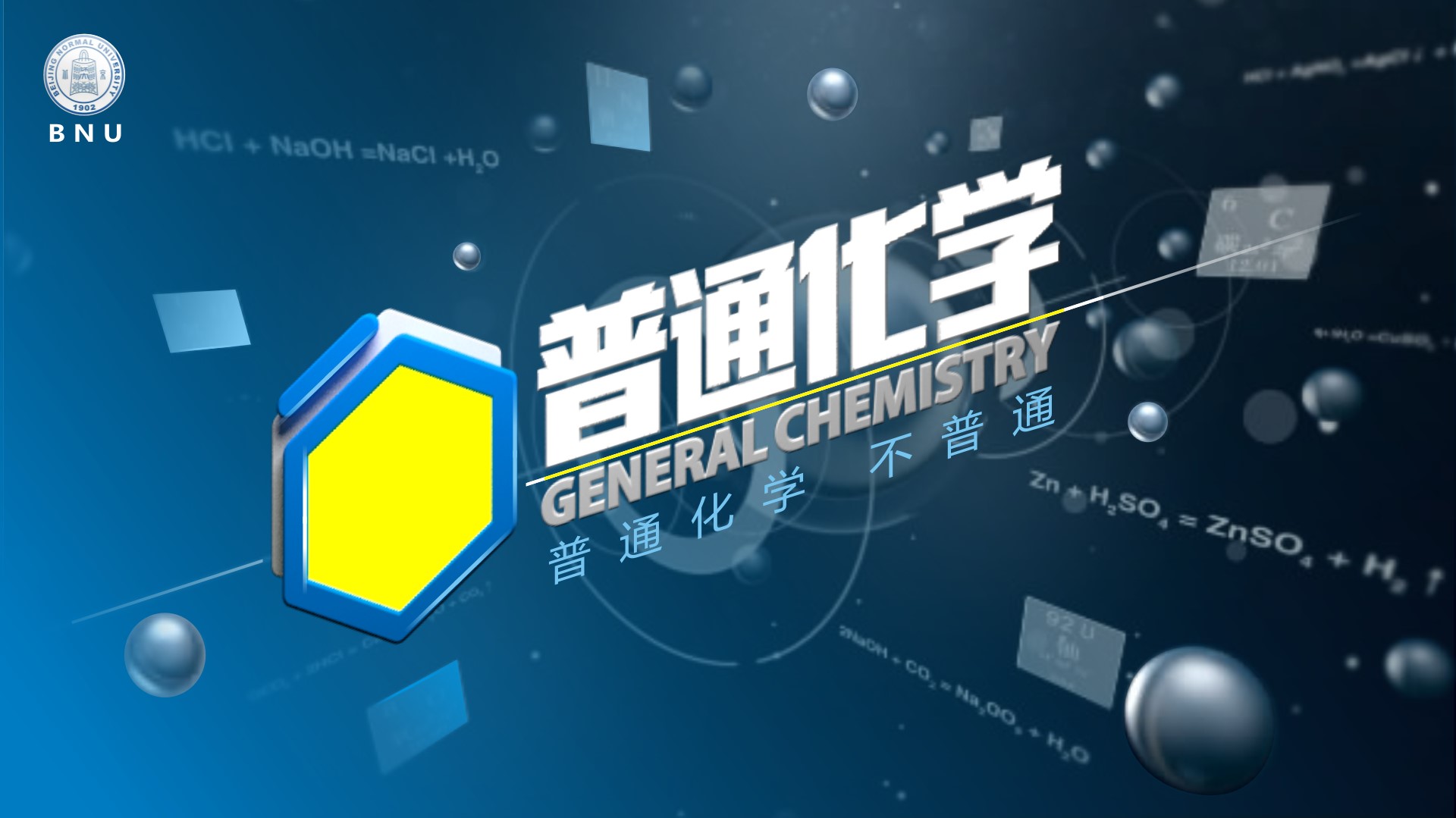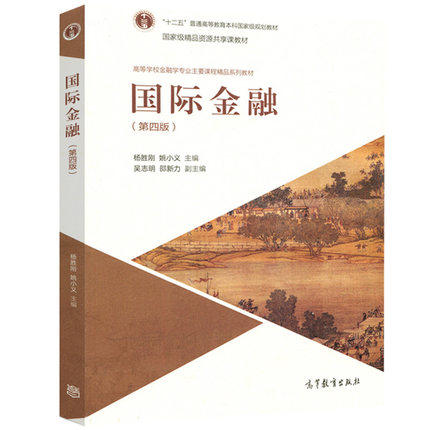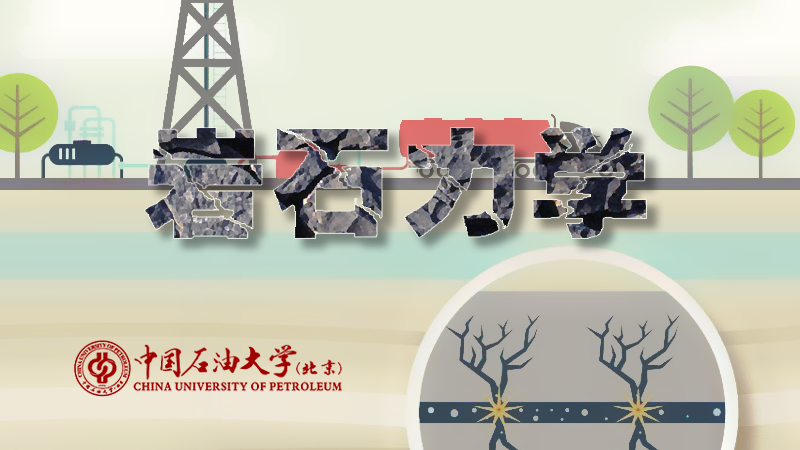
当前课程知识点:Strategic Management > Chapter 3 Internal Environment Analysys > 3.3 Enterprise Resource Analysis > 3.3 Enterprise Resource Analysis
返回《Strategic Management》慕课在线视频课程列表
返回《Strategic Management》慕课在线视频列表
企业内部环境分析的第二个部分内容
就是资源分析
我们要做资源分析的目的主要是想判断
企业的资源与目前实施的战略是否匹配
这个结论也有可能是不匹配或者匹配
那么将来要对战略做一些调整
另外我们也要对企业的资源 将来还有没有
更多的地方可以去发挥(这一方面)去考虑
总之我们在资源分析中间
主要的目的就是
要判断企业的资源有什么样的优势
有什么样的劣势
然后如何去建立优势 发挥优势 克服劣势
那么资源大体上分为两种
一种叫有形资源 一种叫无形资源
我们已经把有形资源和无形资源列在这里了
做这样的分析呢
我们看有形的资源里面 财务资源的分析
主要的目的是通过企业内部的财务分析
来解决一个什么样问题呢
就是未来五年中间
我们企业可以利用的财务资源有多少
包括从内部产生的现金流和通过外部的
各种方式的融资 能够产生多少现金流
这两股现金流能够支撑企业
作出什么样的战略选择
当然有些企业可以通过调整财务的一些
主要的比率来增加它对外融资的情况
但是也有一些企业为了自己的长治久安
它可能会确定一个比率
在未来五年或者十年
在基本财务比率不调整的情况下
内部产生多少资源
外部产生多少资源
第二个 是企业的组织性资源
这一点我们要稍微多讲一讲
我们看到 当Penrose提出来
一个企业为什么能够长期比另一个企业盈利高
就是因为它内部拥有一种特殊的资源
这种资源它不可以购买
难于学习 难于模仿
其实Penrose讲的就是这种资源
叫组织性资源
具体来讲 组织性资源是指什么呢
就是组织结构 管理机制 控制方法 管理传统
甚至包括组织的一些惯例
这些东西呢
就是没有市场的
它要建立需要很长的过程 磨合
当然 你要去模仿学习它也需要很长的过程
改变它也需要很长的过程
这是非常非常重要
并且常常被忽略的一种资源
第三个就是实物资源
就是通常我们所说的 一个企业需要经营
所需要的土地 设施 设备
它的数量 先进的水平
分布的情况 匹配的程度等等
最后一个就是人力资源
包括企业员工的数量 素质 知识 能力的结构
我们在这个分析中间都要去了解它到底有什么
它和原来的战略是否匹配
我们在制定新战略的时候
它是一个非常重要的支撑因素
这是有形资源 无形资源呢
主要是包括一些技术资源
专利 商标 版权 商业秘密等等
关系资源 内外上下左右的各种关系
还有声誉资源 包括品牌 企业的美誉度等等
在资源分析的过程中
我们原来传统的思路 基于静态竞争的角度
比较关注的是什么呢 是实力
我们认为一个企业实力强
其他的企业很难超越
所以我们把重点都放在资源的类型 数量 质量上
再进一步讲
我们关心资源的分配 分布(在哪里)
和匹配程度
这个都是我们过去资源分析的重点
以此来判断优势和劣势
但今天 我们在分析资源的时候可能要更加
基于动态竞争的角度来考虑
你手上拥有的资源 到底多有价值呢
你就要分析资源的稀缺性
有的资源是非常稀缺的
那它就价值就高
如果是非常普通的 价值就低
另外我们考虑到
在时间是一维的考虑下
资源有没有可能再获取
再获取的难度越高的资源 就是价值越高的资源
因为你的对手也是很难获取的
可持续性就比较长
如果是容易获取的资源 就不是重要的资源优势
然后我们还要分析资源的可转移性和可扩展性
这个就是典型的动态的考虑
当环境变化的时候
或者我们要把握新机会的时候
这个资源能不能被有效地转移出去
能不能被扩展到其他领域
如果具有这种特质 那么这个资源更重要
-1.1 The Rise of The Discipline of Strategic Management
--1.1.1The Origins of Strategic Management
--1.1.2 Development and Improvement of Strategic Management
-1.2 The Nature and Characteristics of Strategic Management
--1.2.1 Environment, Advantages and Strategy
--1.2.2 Definition of Enterprise Strategy
--1.2.3 The Thinking Mode of Enterprise Strategy Formulation
--1.2.4 The Content System of Enterprise Strategy
-1.3 The Nature and Characteristics of Enterprise Strategic Management
--1.3.1 The Activities of Enterprise Strategic Management
--1.3.2 The System of Enterprise Strategic Management
-1.4 Enterprise Strategy Manager
--1.4 Enterprise Strategy Manager
-Corporate Video
--Video
-Test
--Chapter 1 Test
-Reflection Questions
--Chapter 1 Reflection Questions
-PPT
-2.1 External Environment Analysis of the Enterprise
--2.1 External Environment Analysis of the Enterprise
-2.2 The Macroscopic Environment Analysis of the Enterprise
--2.2 The Macroscopic Environment Analysis of the Enterprise
-2.3 Market Environment Analysis of the Enterprises
--2.3 Market Environment Analysis of the Enterprises
-2.4 Industry Environment Analysis
--2.4 Industry Environment Analysis
-2.5 Analysis of Competition and Cooperation Eenvironment of Eenterprises
--2.5 Analysis of Competition and Cooperation Eenvironment of Eenterprises
-Corporate Video
--Video
-Test
--Chapter 2 Test
-Reflection Questions
--Chapter 2 Reflection Questions
-PPT
-3.1 Purpose and Characteristics of Internal Environmental Analysis
--3.1Purpose and Characteristics of Internal Environmental Analysis
-3.2 Enterprise History Analysis
--3.2 Enterprise History Analysis
-3.3 Enterprise Resource Analysis
--3.3 Enterprise Resource Analysis
-3.4 Enterprise Capability Analysis
--3.4 Enterprise Capability Analysis
-3.5 Analysis of Enterprise Core Competence
--3.5 Analysis of Enterprise Core Competence
-Test
--Chapter 3 Test
-Reflection Questions
--Chapter 3 Reflection Questions
-PPT
-4.1 The Nature of Strategic Commitment
--4.1 The Nature of Strategic Commitment
-4.2 The Content of Strategic Commitment
--4.2 The Content of Strategic Commitment
-4.3 The Form of Strategic Commitment
--4.3 The Form of Strategic Commitment
-Test
--Chapter 4 Test
-Reflection Questions
--Chapter 4 Reflection Questions
-PPT
-5.1 The Nature and Types of Business-Level Strategy
--5.1 The Nature and Types of Business-Level Strategy
-5.2 General Positioning Strategy
--5.2 General Positioning Strategy
-5.3 Unique Positioning Strategy
--5.3 Unique Positioning Strategy
-5.4 Portfolio Positioning Strategy
--5.4 Portfolio Positioning Strategy
-Corporate Video
-Test
--Chapter 5 Test
-Reflection Questions
--Chapter 5 Reflection Questions
-PPT
-6.1 The Nature and Characteristics of Corporate-Level Strategy
--6.1The Nature and Characteristics of Corporate-Level Strategy
-6.2 Industry Diversification Portfolio Strategy
--6.2 Industry Diversification Portfolio Strategy
-6.3 Industry Diversification Portfolio Management Model
--6.3 Industry Diversification Portfolio Management Model
-6.4 Restructuring of Diversified Corporate
--6.4 Restructuring of Diversified Corporate
-Test
--Chapter 6 Test
-Reflection Questions
--Chapter 6 Reflection Questions
-PPT
-7.1 The Motivation of Company Internationalization
--7.1 The Motivation of Company Internationalization
-7.2 The Advantages and Risks of Company Internationalization
--7.2 The Advantages and Risks of Company Internationalization
-7.3 Strategic Choice of Company Internationalization
--7.3 Strategic Choice of Company Internationalization
-Test
--Chapter 7 Test
-Reflection Questions
--Chapter 7 Reflection Questions
-PPT
-8.1 Company Strategic Alliance
--8.1 Company Strategic Alliance
-8.2 Company Mergers and Acquisitions
--8.2 Company Mergers and Acquisitions
-Test
--Chapter 8 Test
-Reflection Questions
--Chapter 8 Reflection Questions
-PPT
-9.1 Corporate Strategy Imlementation and Evaluation in a Relatively Static Environment
--9.1 Corporate Strategy Imlementation and Evaluation in a Relatively Static Environment
-9.2 Corporate Strategy Imlementation and Evaluation in a Relatively Dynamic Environment
--9.2 Corporate Strategy Imlementation and Evaluation in a Relatively Dynamic Environment
-9.3 Methods of Corporate Strategy Implementation
--9.3 Methods of Corporate Strategy Implementation
-Test
--Chapter 9 Test
-Reflection Questions
--Chapter 9 Reflection Questions
-PPT





